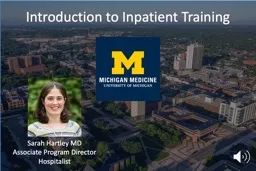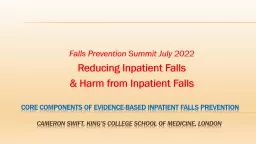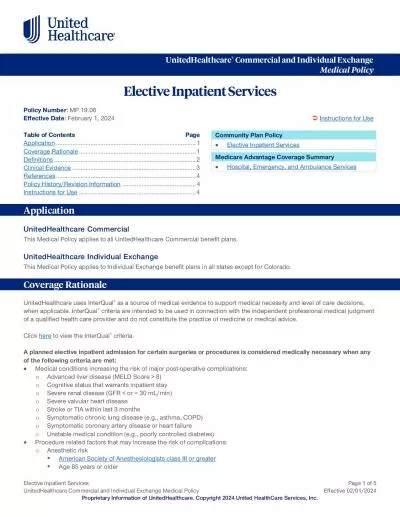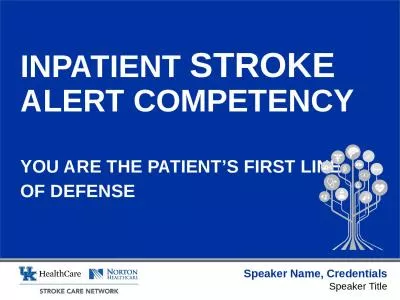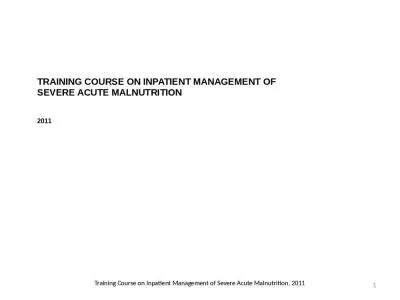PPT-Malnutrition-associated inpatient
Author : min-jolicoeur | Published Date : 2017-11-09
and postdischarge child deaths Tickell KD Walson JL Denno DM I npatient management of malnutrition Food systems N utrient deficiency Malnutrition amp complications
Presentation Embed Code
Download Presentation
Download Presentation The PPT/PDF document "Malnutrition-associated inpatient" is the property of its rightful owner. Permission is granted to download and print the materials on this website for personal, non-commercial use only, and to display it on your personal computer provided you do not modify the materials and that you retain all copyright notices contained in the materials. By downloading content from our website, you accept the terms of this agreement.
Malnutrition-associated inpatient: Transcript
Download Rules Of Document
"Malnutrition-associated inpatient"The content belongs to its owner. You may download and print it for personal use, without modification, and keep all copyright notices. By downloading, you agree to these terms.
Related Documents


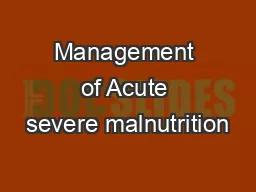
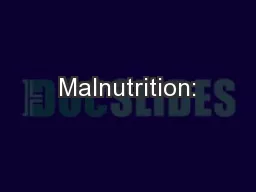
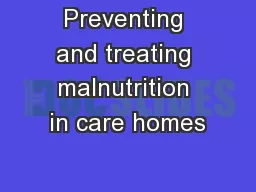
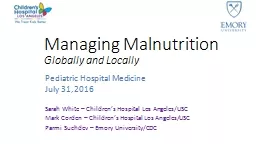
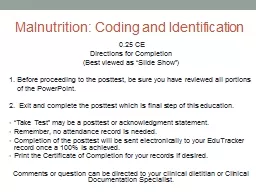

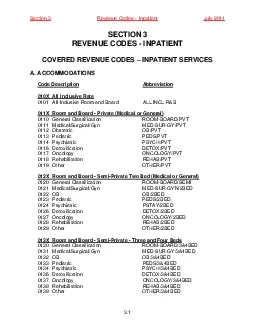
![[EBOOK] - Inpatient Obstetric Nurse Exam Secrets Study Guide: Inpatient Obstetric Test](https://thumbs.docslides.com/902331/ebook-inpatient-obstetric-nurse-exam-secrets-study-guide-inpatient-obstetric-test-review-for-the-inpatient-obstetric-nurse-exam.jpg)
